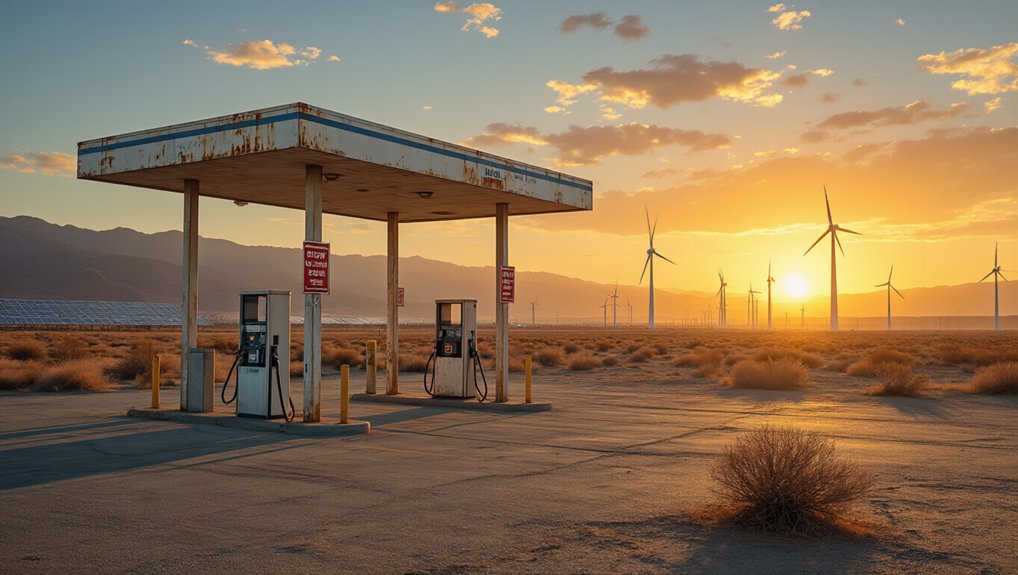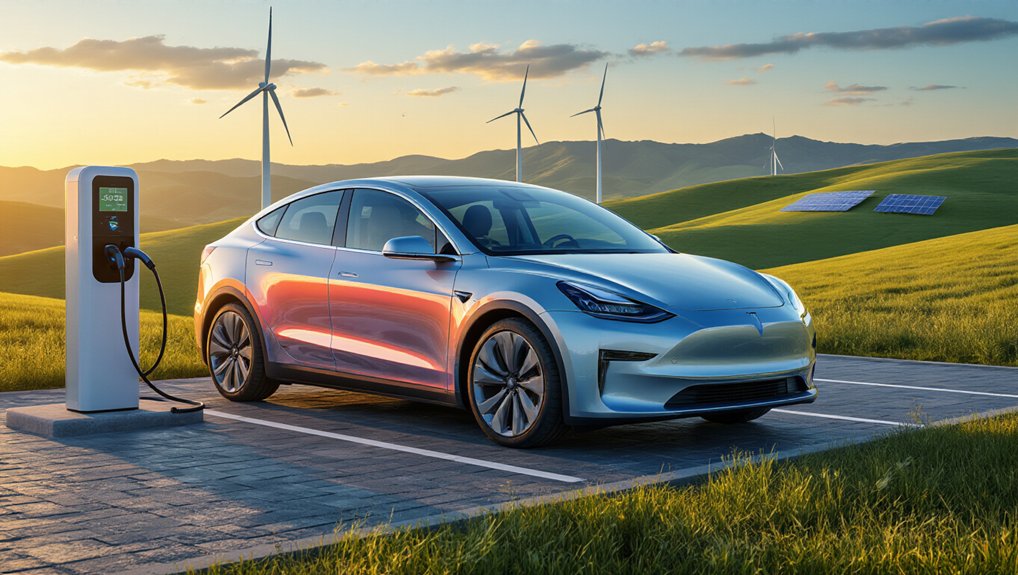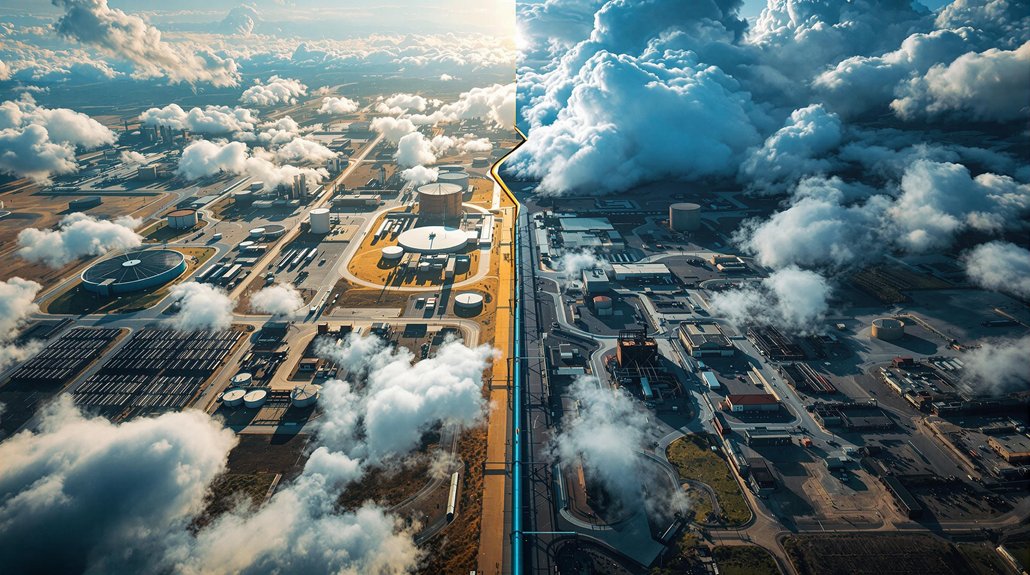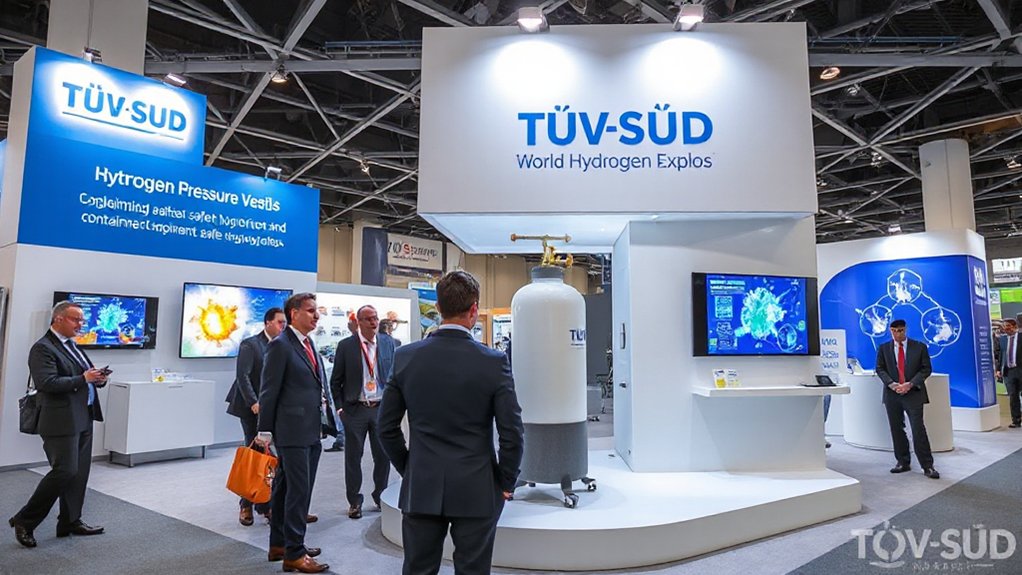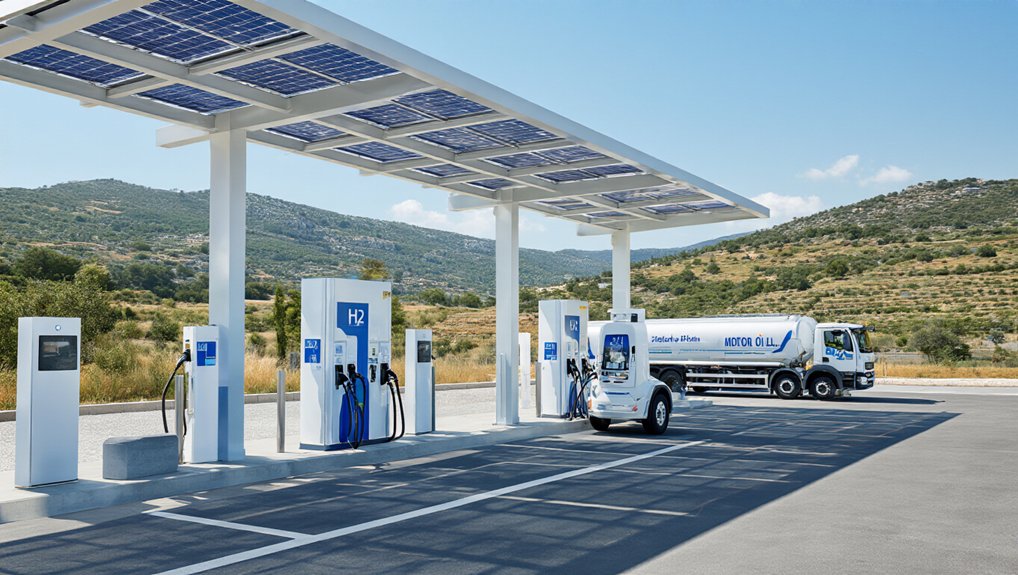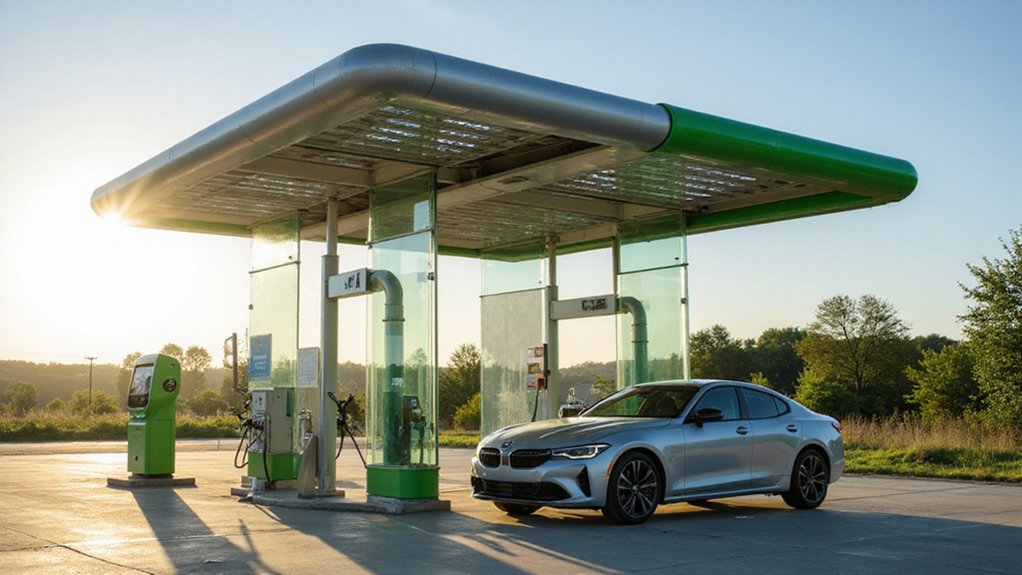Despite years of optimism and over a billion dollars in investment, California’s once-bright vision for a hydrogen-powered future is falling apart at the seams. The Golden State’s hydrogen fueling network is actually shrinking, with fewer stations operating in 2024 than in 2023. The net decline of three hydrogen stations from 2023 to 2024 was reported by CARB. Even the stations that exist aren’t reliable. Technical issues. Irregular service. Not exactly the foundation for a transportation transformation.
California’s hydrogen dream is deflating—a billion dollars later, with fewer stations, more problems, and diminishing confidence.
The numbers don’t lie. California’s Air Resources Board has slashed its 2030 projections for hydrogen vehicles by two-thirds. Talk about lowering expectations. They’re now predicting they’ll have ten times more refueling capacity than actually needed. Overkill much?
Most of the existing hydrogen stations are clustered in just two urban areas, leaving vast swaths of the state as hydrogen deserts. Four new stations opened recently, but the total count still dropped. Math isn’t working in hydrogen’s favor.
The ARCHES project promises expansion, throwing another $700 million at the problem. But those stations are years away. Meanwhile, over $1 billion in hydrogen fuel cell contracts have been canceled globally. Companies are pulling out after facing endless permit delays and market uncertainty. Not exactly a vote of confidence.
California’s own policies are working against widespread hydrogen adoption. Transmission planning and energy justice initiatives limit hydrogen combustion as a replacement for natural gas. And those fancy hydrogen combustion turbines? Useless in areas with air quality problems. Which happens to be a lot of California.
Technical challenges persist too. Stations break down. Permits drag on. Contracts get canceled. The whole ecosystem seems stuck in a perpetual state of “almost there, but not quite.” Unlike geothermal energy with its 95% availability factor, hydrogen infrastructure continues to struggle with reliability issues.
Will the billions in fresh investment breathe new life into California’s hydrogen dreams? Maybe. But right now, the state’s hydrogen ambitions look a lot like its reservoirs during drought years—once full of promise, now noticeably depleted. The hydrogen future isn’t dead, but it’s definitely on life support. Consumers still have limited options with models like the Hyundai Nexo representing the few fuel cell vehicles available in the market.
References
- https://www.autoweek.com/news/a64034809/california-hydrogen-stations-map-decline/
- https://efiling.energy.ca.gov/GetDocument.aspx?tn=261694
- https://www.hydrogeninsight.com/transport/california-government-agency-slashes-2030-forecast-for-hydrogen-vehicles-by-two-thirds/2-1-1759598
- https://itif.org/publications/2025/05/15/building-from-the-ashes-lessons-from-the-hydrogen-fiasco/
- https://electrek.co/2025/04/03/more-hydrogen-fails-doosan-air-products-cancel-over-1-billion-in-fuel-cell-deals/
